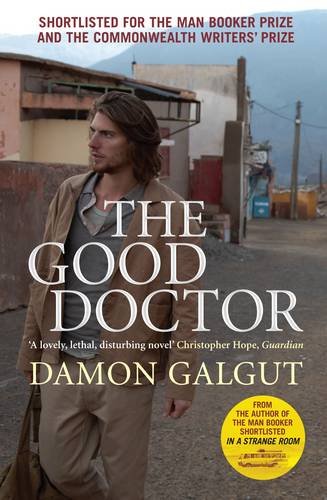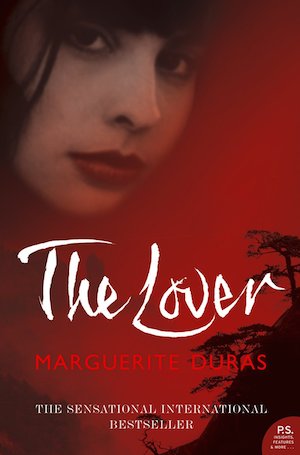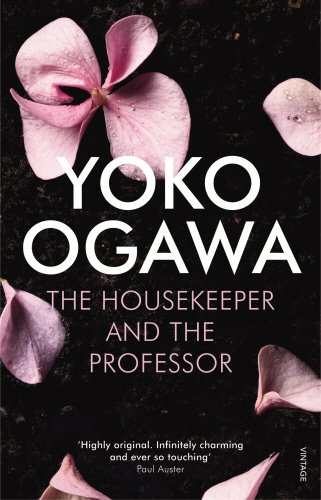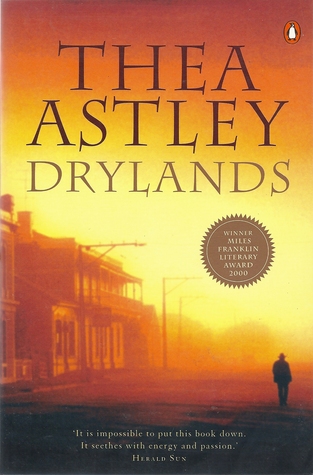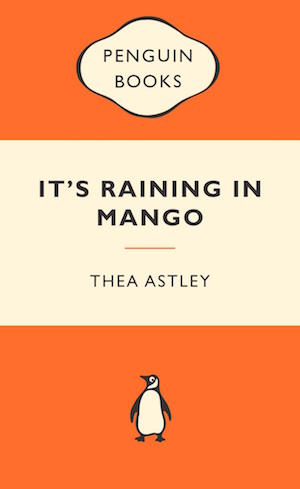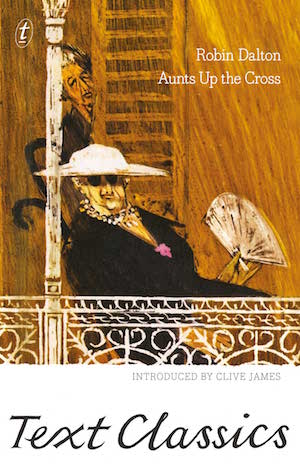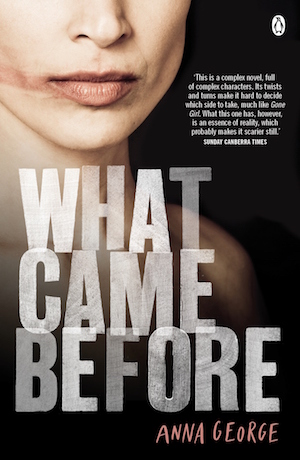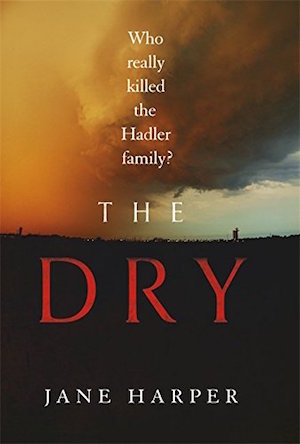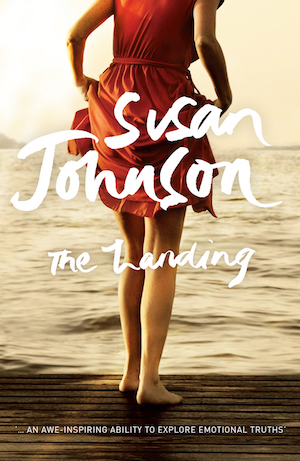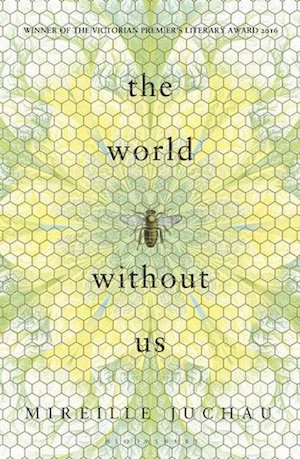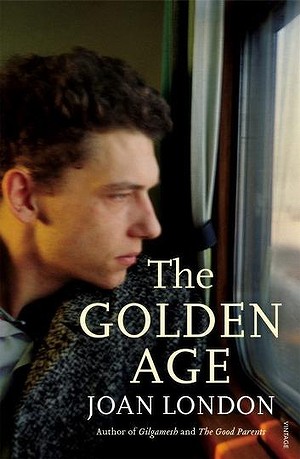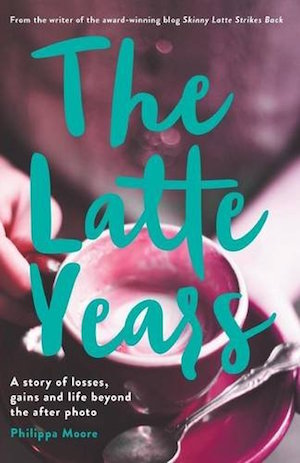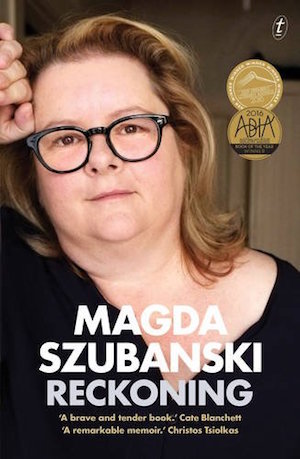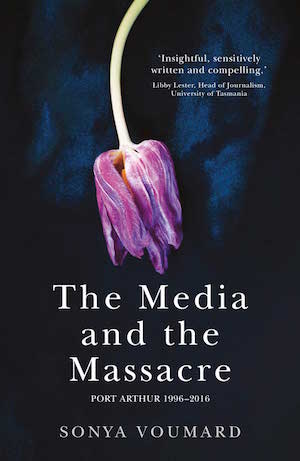
Non-fiction – hardcover; Black Inc.; 112 pages; 2017.
Kate Jennings (1948-2021) was an Australian writer, who moved to the US in her early 30s. She died in May 2021 in New York, aged 72.
A feminist, poet and short story writer, she is best known for her two novels, Snake (published in 1996) and Moral Hazard (2002), which are two of my favourite reads. Completely different in terms of subject matter and setting — the first is set in rural NSW in the mid-20th century, the second on Wall Street in the 1990s — both books are written with a polished concision that expresses universal truths with brevity and clarity.
On Kate Jennings, part of Black Inc’s ongoing Writers on Writers series, was penned by journalist and editor Erik Jensen as a tribute to her work. (In fact, he describes his essay as a “love letter” and “a thankyou note”.) He had been a fan for years and interviewed her in New York on several occasions. Those interviews form the basis of the book.
But the main purpose of what is essentially a long-form essay is to carefully examine Snake, which Jensen describes as a “poet’s novel, built of accruing stanzas. The whole book is shot through with angry truth”.
Snake is the great Australian novel. That is what I start telling people. I give as gifts three dozen copies. I see the book at a house I’ve never visited and open it to find my own inscription: ‘As promised, the Great Australian Novel.’
A writer’s story
Jensen picks apart Jenning’s life — from country school girl to city academic and pioneering feminist — to try to determine the genesis of not just this single work of literature but her sense of being a writer. He wants to discover how much of the book — which is about a disastrous marriage between polar opposites living on an outback farm — is rooted in truth. Is it about her parents, a quiet, introverted man and a flamboyant woman? Is it based on her own rural upbringing, her own complex relationship with her mother?
By interleaving aspects of Snake with biographical details and direct quotes from interviews, Jensen is able to show that it’s largely autobiographical — and that the author had a miserable childhood because of her mother, who was “having affairs left, right and centre”.
‘It’s much easier to write about something — and people — when you’re not anywhere near them,’ she says. ‘You don’t care what they think about you. You just do it.’
Anatomy of a novel
Jensen also looks at what makes Snake such a great book, narrowing it down to its clarity, silences, ellipses of plot and “arid prose, irrigated here and there with startling imagery”. But anyone who has read it will already know this.
What they might not know are the details of Jennings own life. She makes many startling admissions to Jensen, not least that she once tried to take her own life, that she became an alcoholic and that she did not know if her parents had ever read her book (and did not care to know). What emerges is a vivid portrait of a vivid woman, someone who was complex and complicated but generous and compassionate, too.
Her experience looking after her husband, Bob Cato, who died as a result of complications of Alzheimer’s disease in 1999, is but one example of her care and kindness. The shape of Bob’s illness is a major story arc in Moral Hazard, which is about a woman who works at an investment bank by day and looks after her ill husband by night.
‘I had to tie myself to the chair to write the Bob parts,’ she said. ‘I cried the whole way through, while I was writing. But it would have been for nought if I hadn’t got that story down. That’s all.’
On Kate Jennings is described as “a biography of a book and the life that made it”. It’s an insightful look at how life experiences, poetry and politics shaped the author’s best-known work and it offers tantalising glimpses of a writer who was keen to pursue the truth and wasn’t afraid to mine her own life for her craft — with dazzling, and cutting, effect.
For another take, please see Sue’s review at Whispering Gums. And to find out more about Kate Jennings, please see this tribute by Lisa at ANZLitLovers published following news of the author’s death in 2021.
Writers on Writers series
There are currently 12 books in this series in which “leading authors reflect on an Australian writer who has inspired and influenced them”. I have previously read and reviewed:
- ‘On Tim Winton’ by Geraldine Brooks
- ‘On Helen Garner’ by Sean O’Beirn
And have several more (on Patrick White, Peter Carey and Thomas Keneally) in my collection.











































